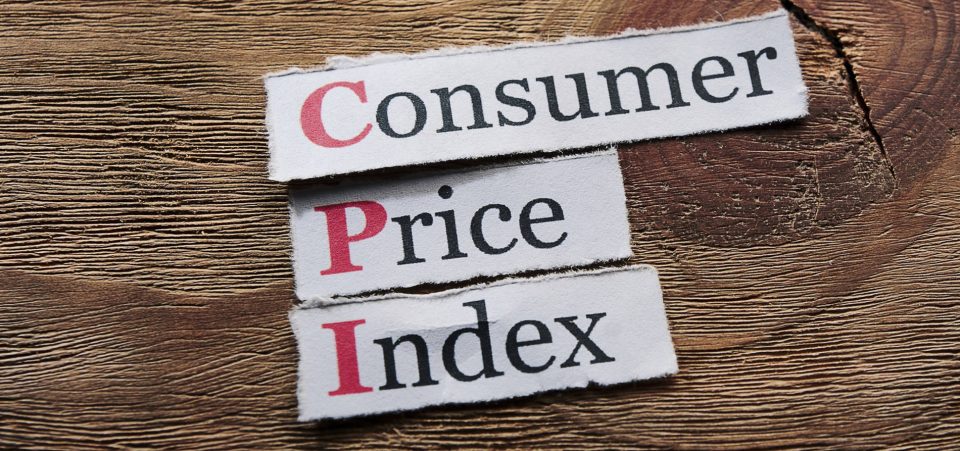How Will the Fed React?
For the 11th straight month, the Federal Reserve has to sit idly by while core consumer price inflation rockets past its two-percent target. Although the headline inflation numbers haven’t yet crossed the Fed’s threshold, they are also inching towards the Fed’s upper bound.
Chairwoman Janet Yellen gave a speech last week saying the Fed would consider keeping interest rates low even if inflation does breach the two percent. That’s not a typical position to hear expressed from the head of America’s central bank. (Source: “Core CPI Remains Above Fed Mandated 2% For 11th Straight Month As Cost Of Living Surges,” Zero Hedge, October 18, 2016.)
However, it does seem a likely scenario, given the relatively weak economic recovery. In the last eight years, there has been a steady rise in the number of workers with more than one job, meaning the growth in payrolls could be misleading.
There were also a lot of people who were so discouraged that they stopped looking for jobs.
Many of these people have yet to re-enter the workforce, so the data could be overstating optimism on several levels. Even the headline figure from the consumer (CPI), commonly known as inflation, can mislead someone who only glances at the data.
It shows that inflation is moving almost in tune with the Fed’s expectations. As it started to heat up, they raised interest rates by 0.25%. That was last December, but then economic turmoil in China and the U.K. put their plans for a follow-up rate hike on hold.
Now that several months have passed without a major controversy and annual inflation has edged up to 1.5%, the Fed can justify a second rate hike in either November or December.
But that story is oversimplified and only uses the headline figure as justification.
A closer look at the data would show that core inflation, which subtracts food and energy prices, has been above two percent for 11 months. In particular, the costs for housing and medicine were through the roof. These increases can severely damage the purchasing power of regular Americans.
Over the last 12 months, the core CPI measure registered at 2.2%. That means the cost of living (less food and energy) rose by more than the Federal Reserve is comfortable with. To be sure, Janet Yellen said that this was an acceptable scenario, but only if it was “temporary.”
Now that core inflation has topped two percent for 11 straight months, analysts are starting to wonder what qualifies as “temporary.”






